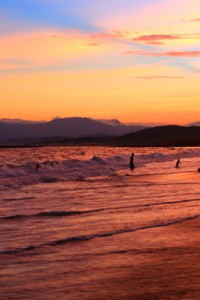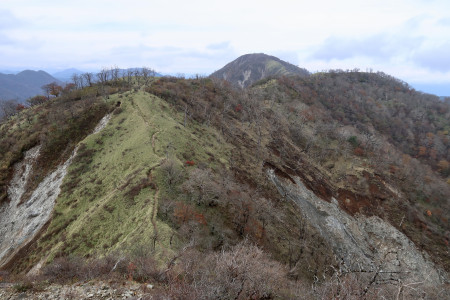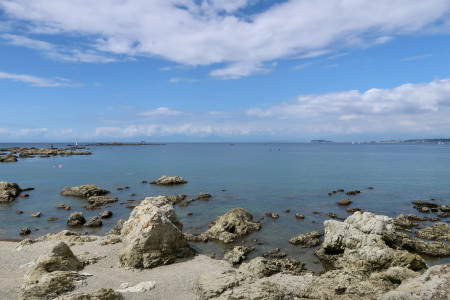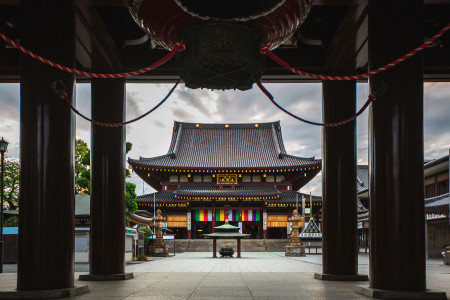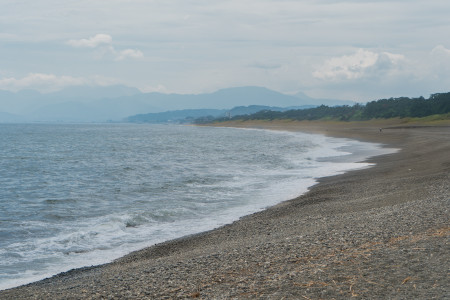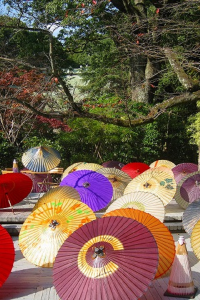
Trip reports
Make a Sustainable Wagasa Souvenir in Hiratsuka
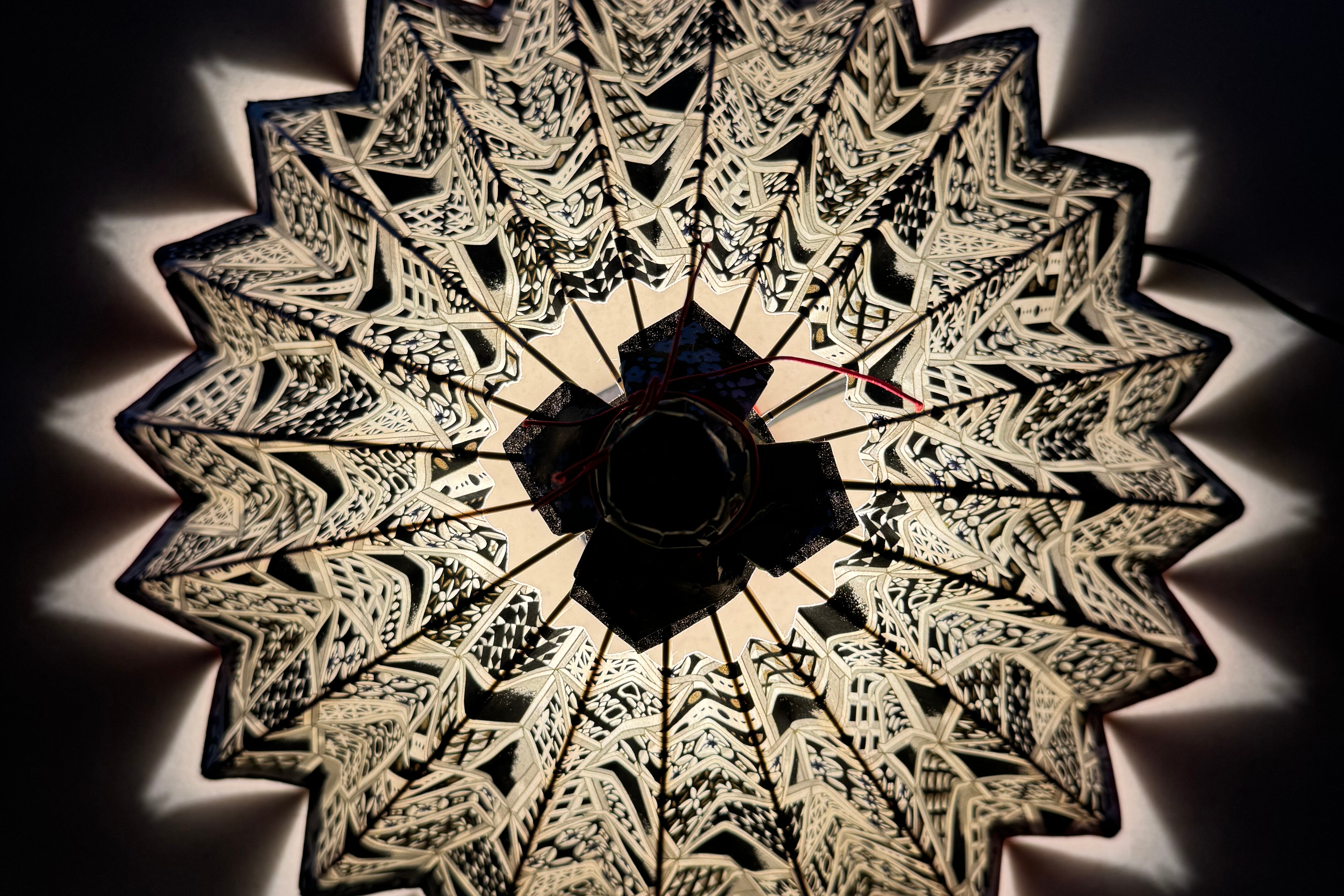
Sustainable travel can mean many things, but to us, it looks like this: immersing yourself in a lesser-visited spot—far away from the overtourism and crowds of the “Golden Route”—and diving into a world of traditional crafts made with eco-friendly materials, fresh seafood caught from waters only a few hundred meters away, and the stunning natural sights that Hiratsuka City is blessed with.
Join us as we discover sustainable tourism in Hiratsuka, Kanagawa.
Welcome to Hiratsuka
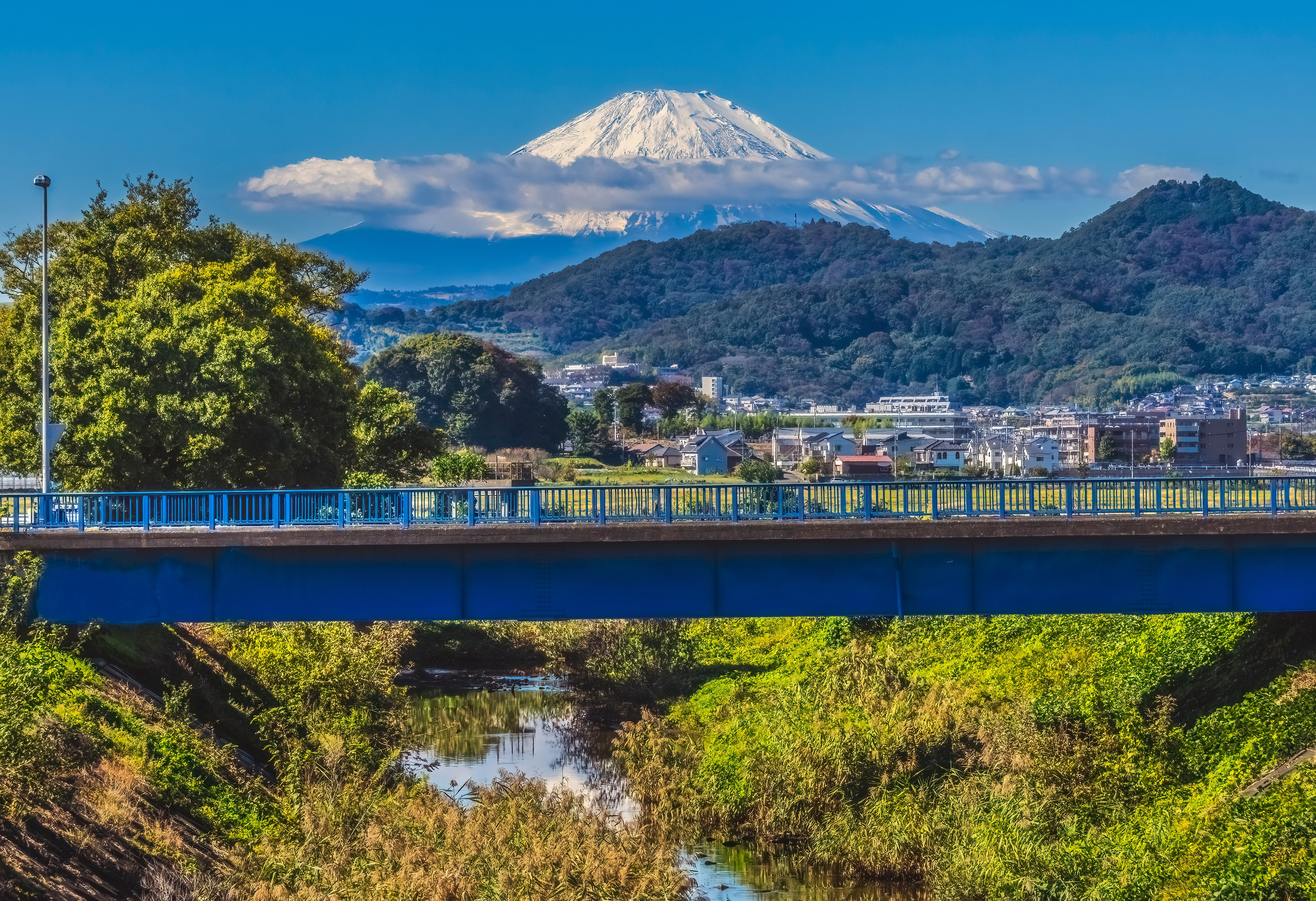
Based in Kanagawa Prefecture, Hiratsuka is a city blessed with bountiful nature, breathtaking coastlines, traditional Japanese crafts, and some of the most delicious seafood specialties. Only a 1.5-hour journey from Tokyo, this is a spot that deserves to be on your must-visit list.
Here’s just a little idea of what you could do with a day in Hiratsuka, away from the skyscrapers and crowds of the capital.
Discover the craftsmanship of Shonan Wagasa Eiyu
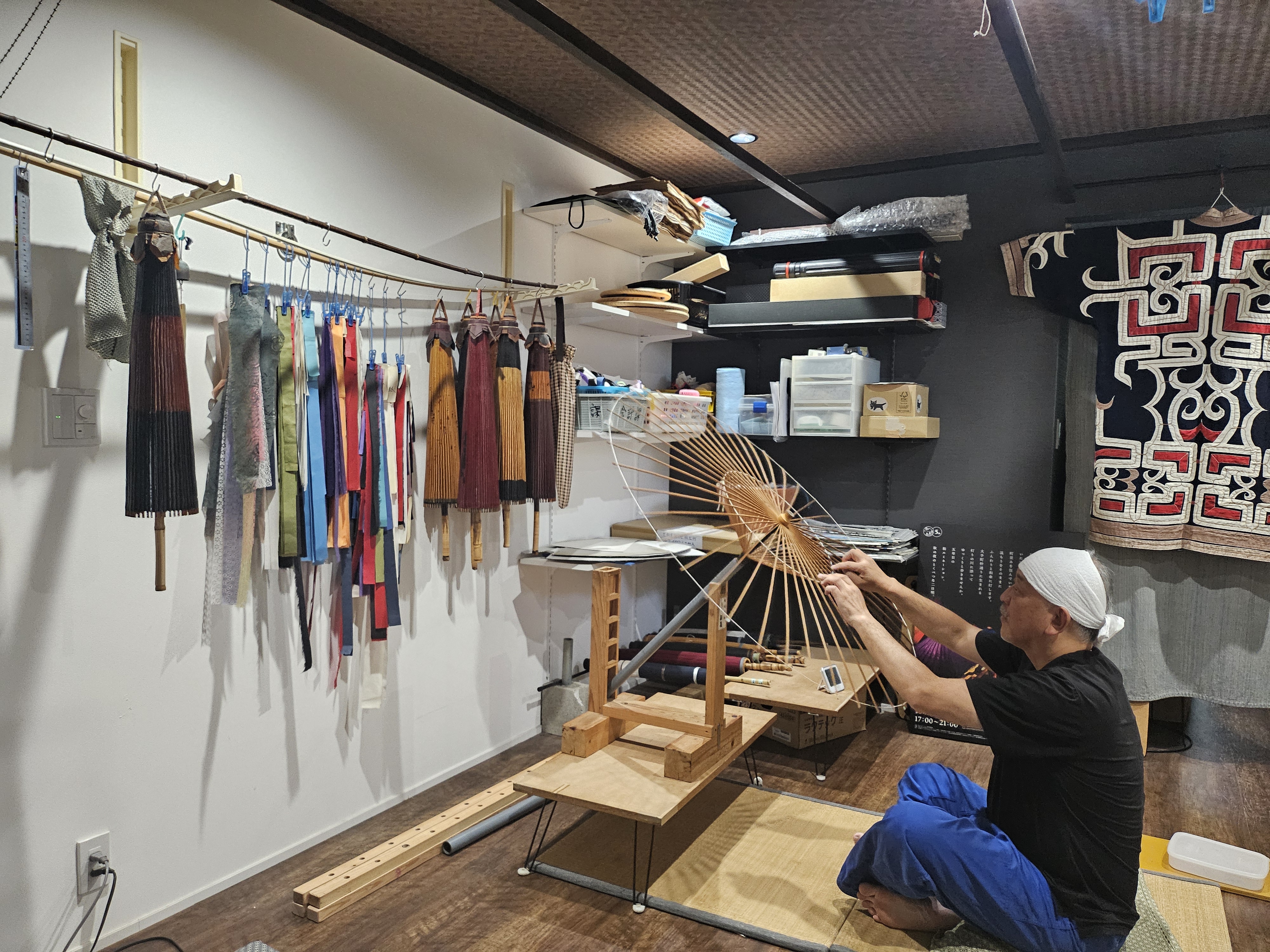
Wagasa umbrellas are a traditional Japanese craft that stretches back for centuries. These delicate umbrellas once provided cover from the rain for graceful geisha and iconic samurai of the Edo period (1603–1868), gradually reaching the masses in the latter half of this period. At this time, wagasa artisans were plentiful, with umbrella makers on every corner. However, as vinyl umbrellas were introduced from the West—both easier to produce and sturdier against adverse weather—the traditional paper umbrella of Japan was gradually phased out.
In modern times, there are only a handful of wagasa craftsmen left throughout Japan, and even fewer who still produce the intricate umbrellas entirely by hand. One of the few is Hidenori Sugizaki at Shonan Wagasa Ei Yuu, the only studio in all of Kanagawa to do so. And now, they’re opening their workshops to travelers like you.
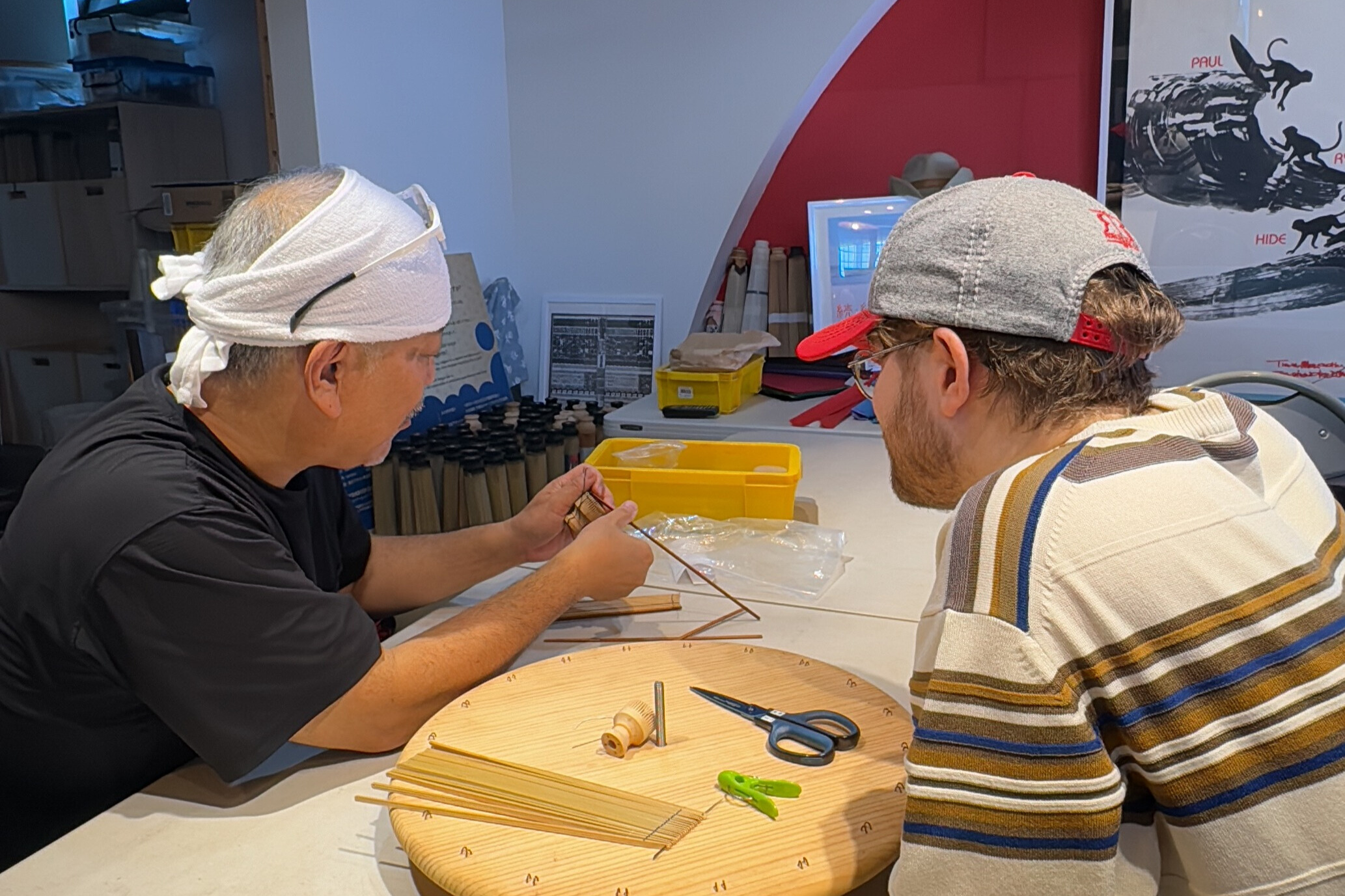
You’ll be making a stunning, traditional lampshade from the same authentic materials as those used in wagasa umbrellas of previous generations, such as bamboo, wood, and distinctly Japanese materials like washi paper and mizuhiki cords. Start by selecting the patterned washi paper from a range of eye-catching designs. With each design that catches your eye, hold it up to the light and see how the pattern comes to life. Take your time—this is something you’ll be able to keep forever, and the art of wagasa comes hand-in-hand with patience.
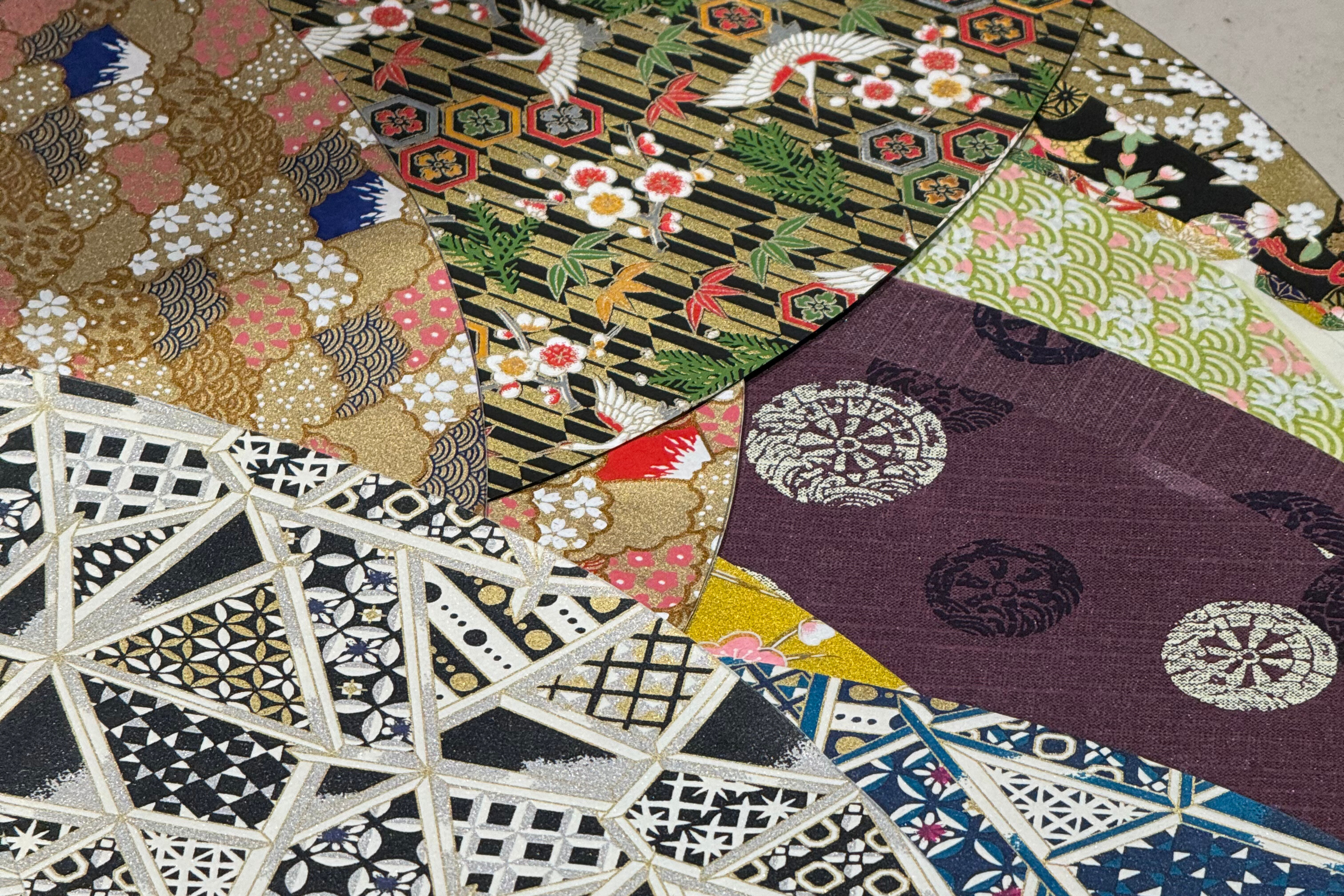
Next up, you’ll learn how to thread the “spokes” of the lampshade—known as the kobu (small ribs)—into the rokuro (wheel). This involves a needle and thread and a healthy dose of focus, determination, and steady hands. As each moment passes, you’ll come closer and closer to the slower pace of life more in-keeping with that of Edo-period craftsmen.
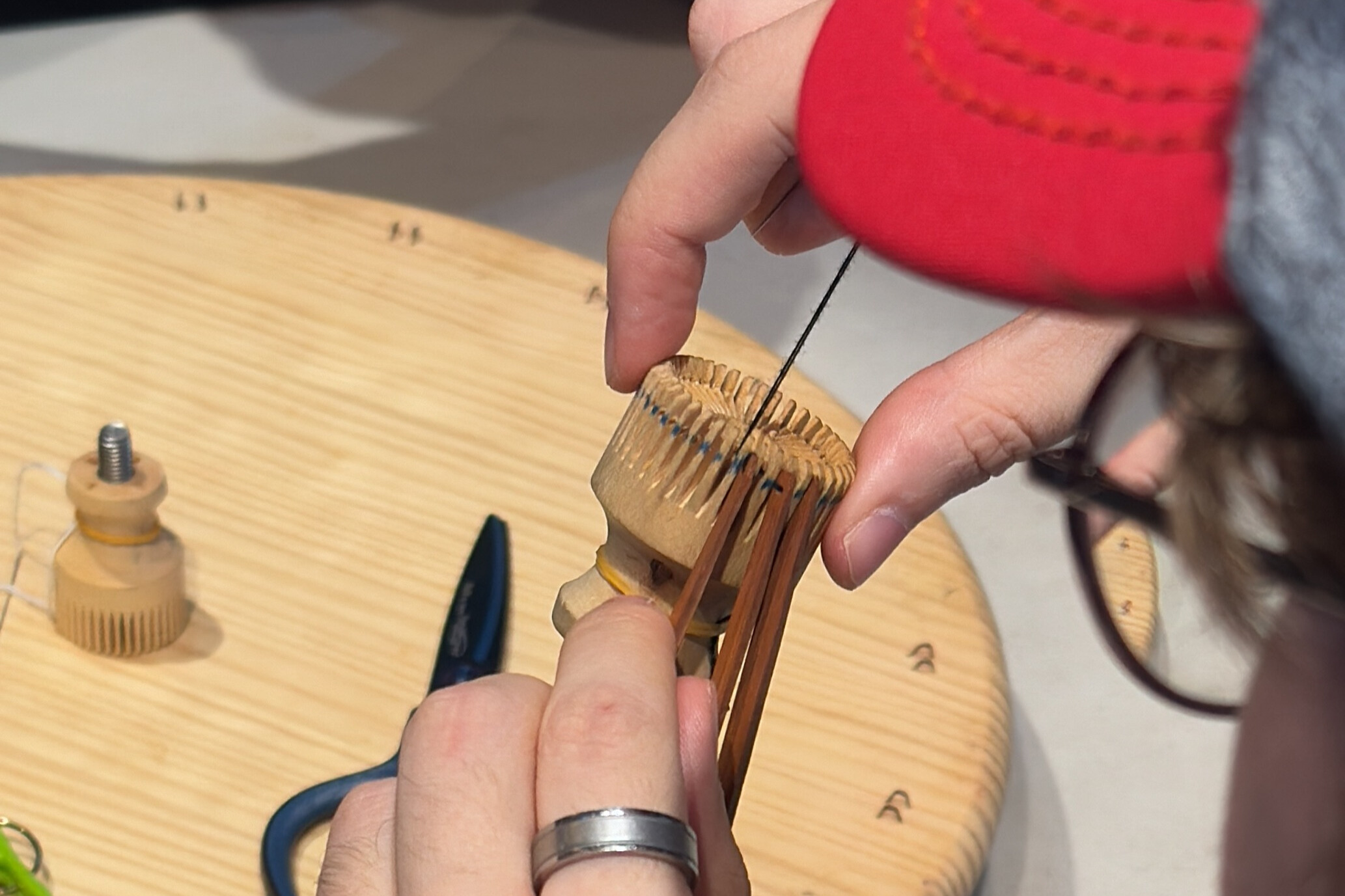
With that section complete, you’ll have another choice to make… What color do you want the edges of your lampshade to be? Enjoy choosing the colors while considering the contrast with the design you selected earlier. The colors can either highlight the main washi paper or create a unified look with similar tones, allowing your individuality to shine through. Once you’ve decided, you’ll need to cut them to the right size and create an edge by folding the washi paper over the string and gluing it together. Again, this takes time and patience, and Hide will be right beside you if you feel your resolve (or lampshade) coming unglued.
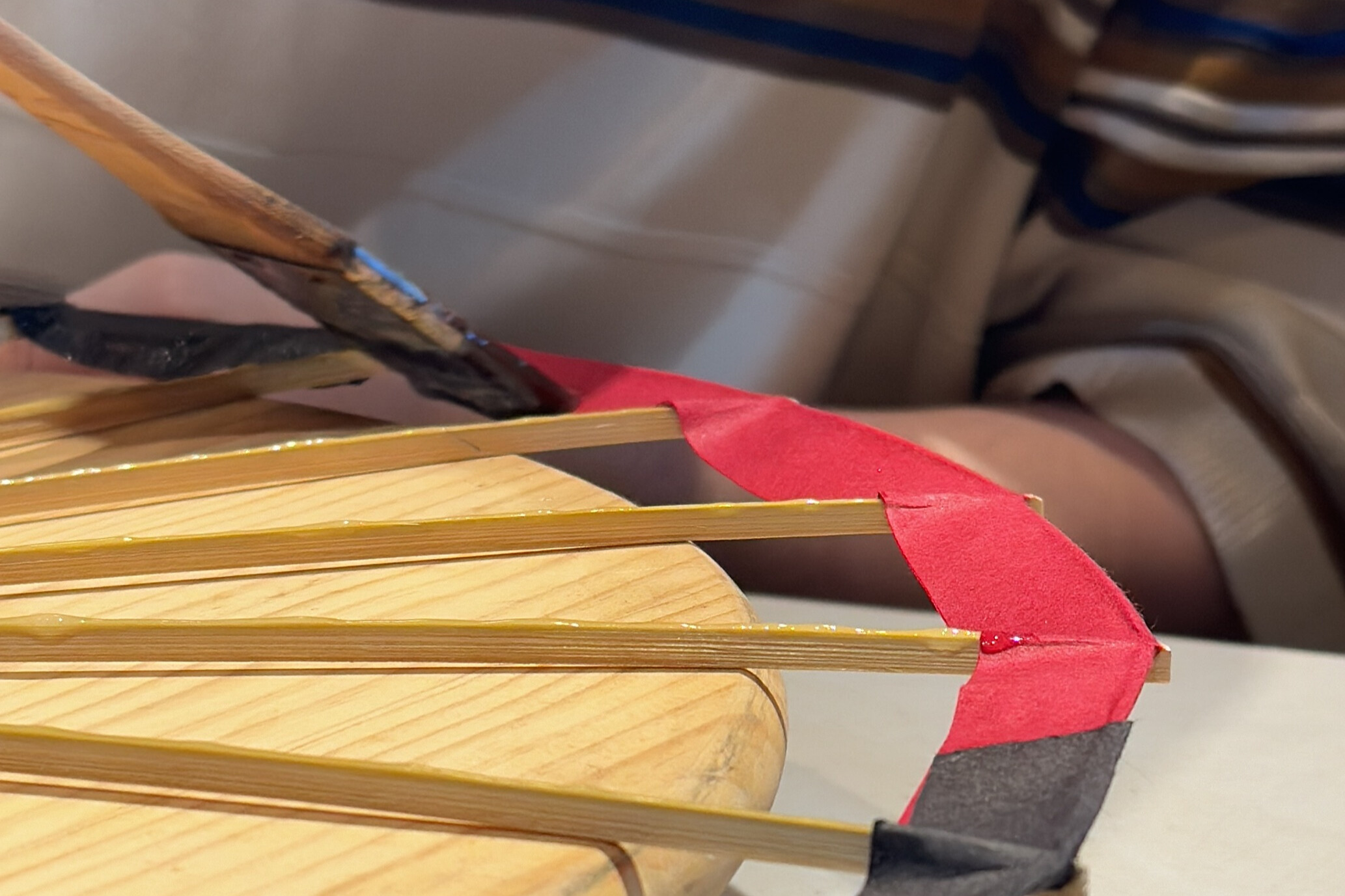
All done? Your lampshade is truly about to take shape as you glue the patterned washi paper you first chose onto the skeleton. Once that’s aligned and safely glued down, it’s time to take a break while it dries.
You’ll have one to two hours to explore the area or even go for lunch! Hide will recommend—and potentially even guide you—to local restaurants, and there’s our personal recommendation of high-quality Japanese seafood at Hiratsuka Gyoko no Shokudo. More coming on that soon…
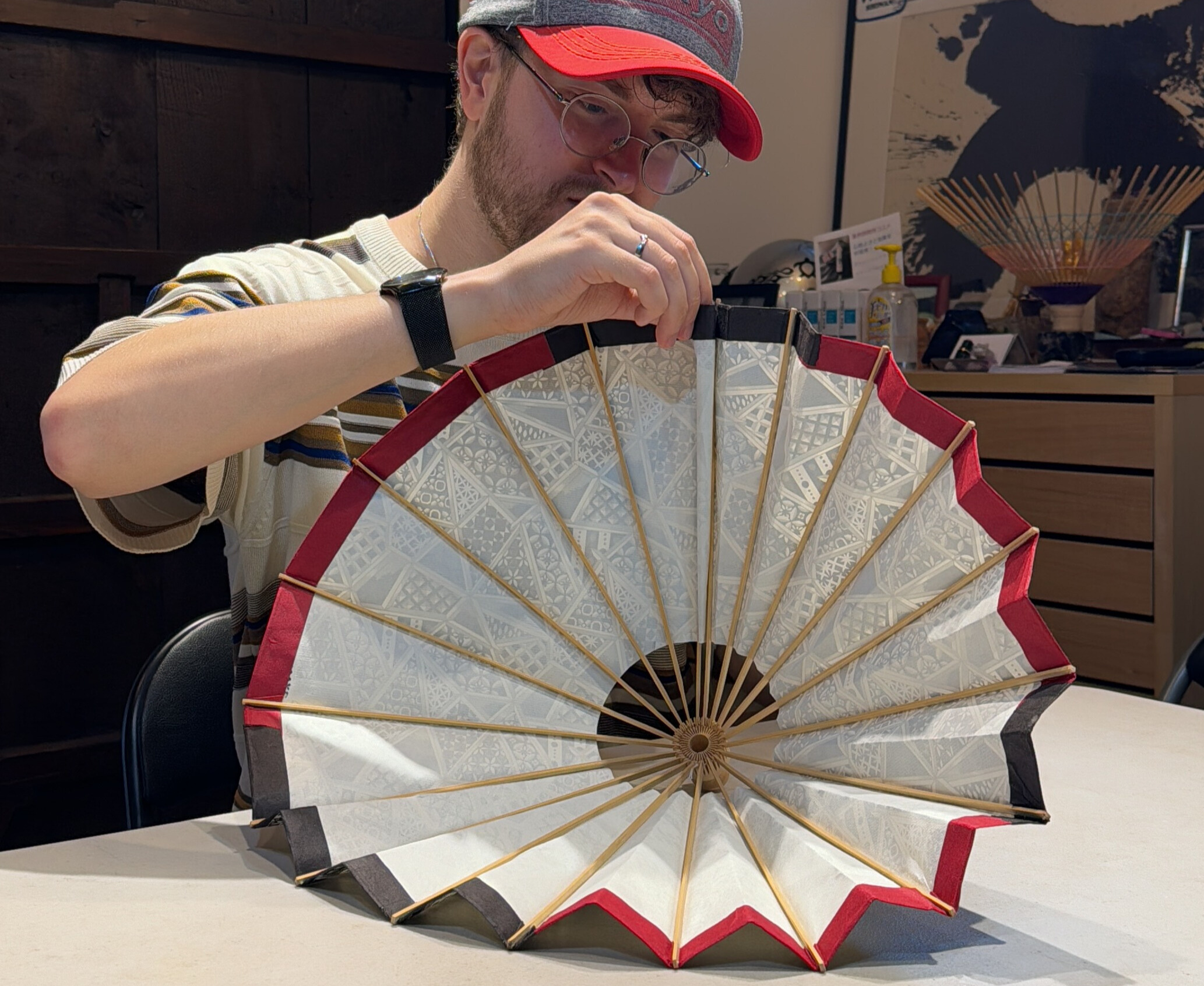
Upon your return, it’s time for the finishing touches:
-
Crimping the main body and outer part of your lampshade, to help it fold.
-
Choose two washi paper designs for the kappa, a small bit of material that covers the wheel at the top of the lampshade—a material you’ll be folding into a specific pattern, like origami.
-
Tying the kappa to the wheel with a mizuhiki cord that you once again choose the color of, to finalize your design.
Once that’s done, you’ve crafted a traditional lampshade with your own hands, inspired by your personal style—allowing you to freely choose not only the main washi paper, but also the color of the rim, two types of washi paper for the kappa (top cover), and the mizuhiki cord. This makes your creation a truly one-of-a-kind wagasa lampshade with an original design found nowhere else in the world. Be proud of yourself for taking part in a mindful, sustainable, and eye-catching craft that has been passed down for generations, from one artisan to the next.
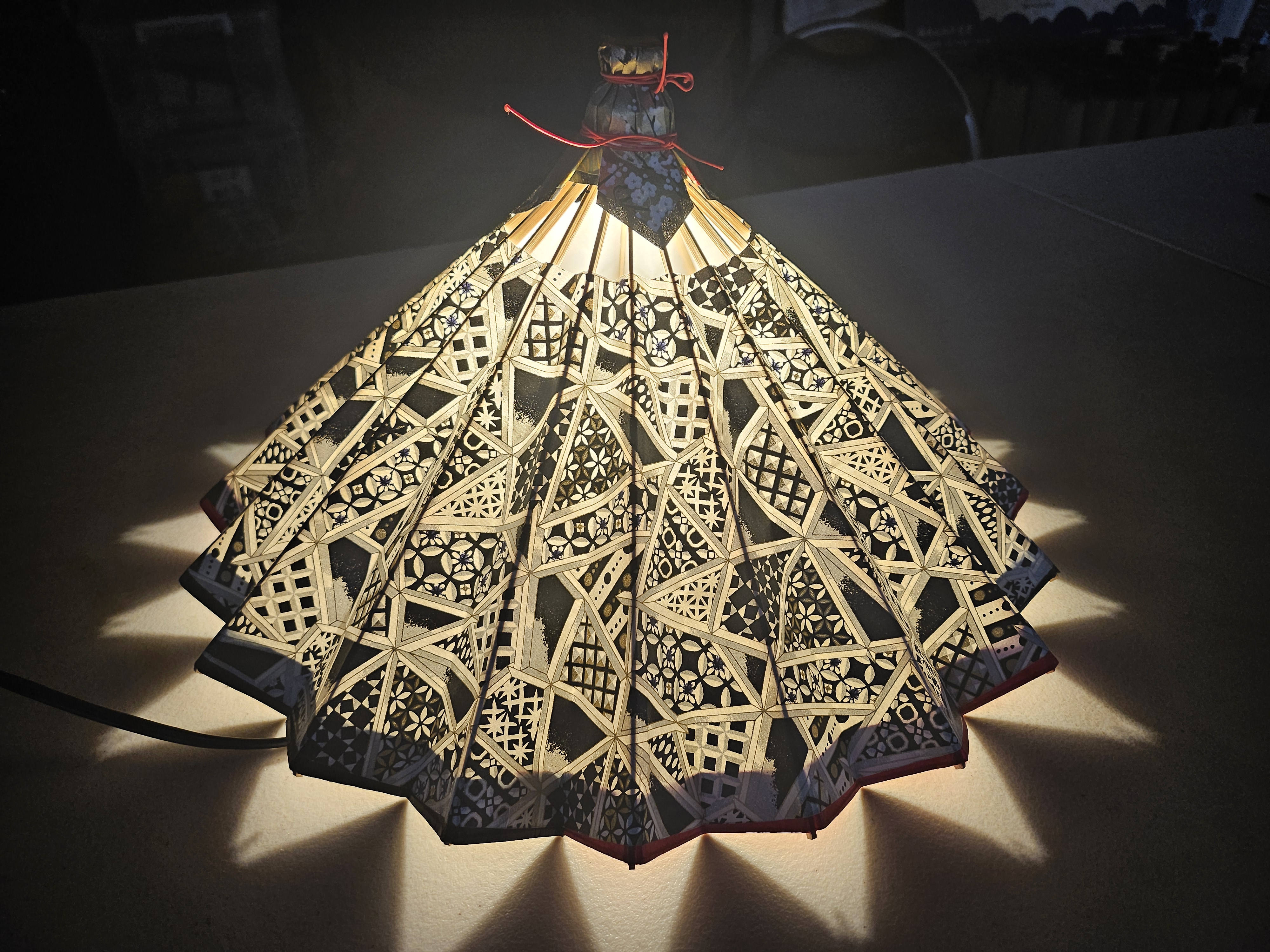
If you’re in Hiratsuka for the full day, we’d recommend opting for the five-hour course, allowing you to walk away with your creation in-hand, fully dried and ready to take home. However, if you don’t quite have enough time, the three-hour course is perfectly acceptable, letting you appreciate this traditional craft while leaving the complicated initial stages to Hide, the true wagasa master. You’ll take on the application of the washi paper once the lampshade’s interior frame has been completed, then add your own style with the final touches.

Taste the bounty of the local sea at Hiratsuka Gyoko no Shokudo
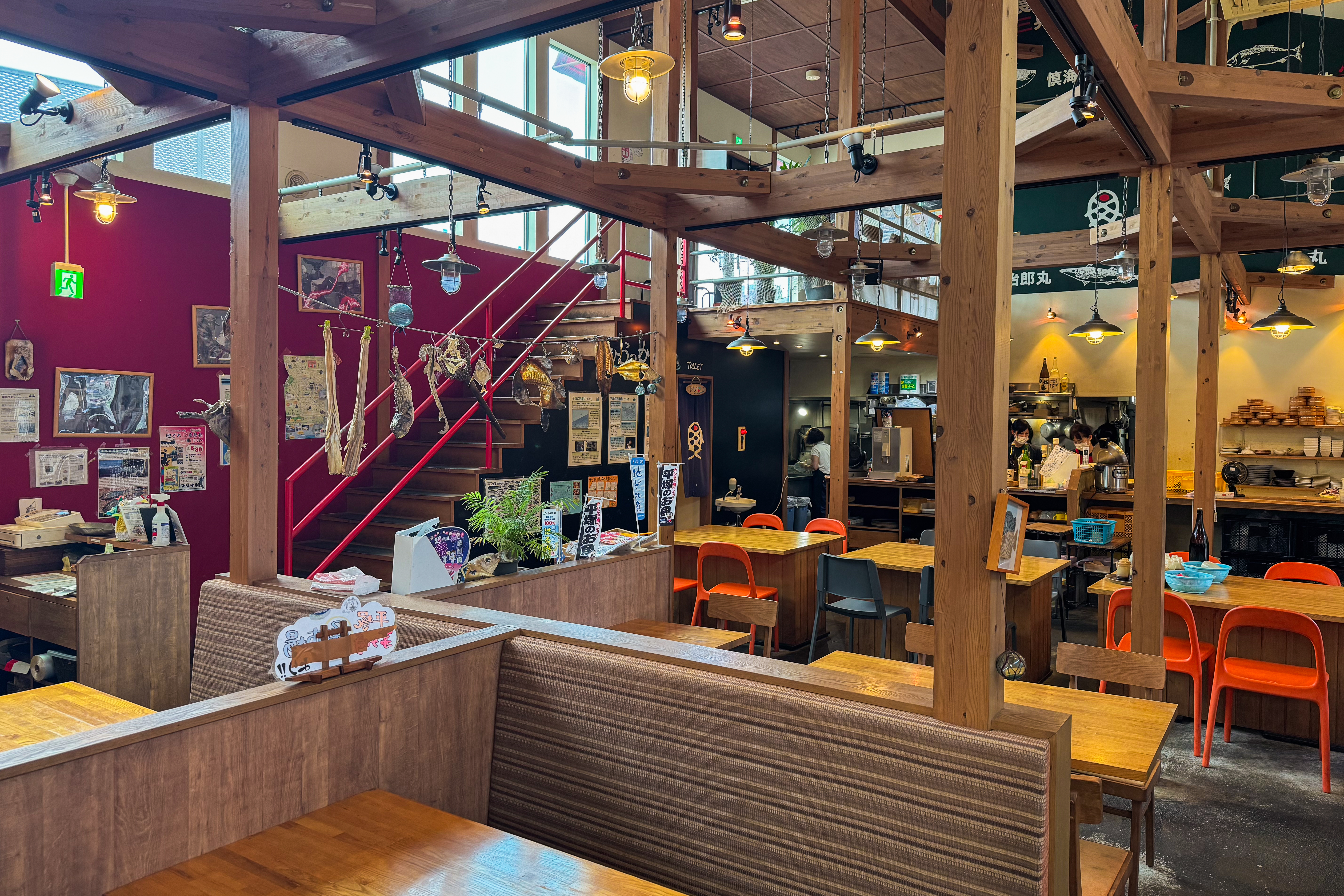
With lines out the door even on a weekday, you know you can expect only the finest, freshest seafood delicacies at Hiratsuka Gyoko no Shokudo. Located moments from Hiratsuka Beach itself, this popular restaurant draws in the crowds—locals and tourists alike—with a selection of fish caught that very day, served with care and precision in a variety of ways.
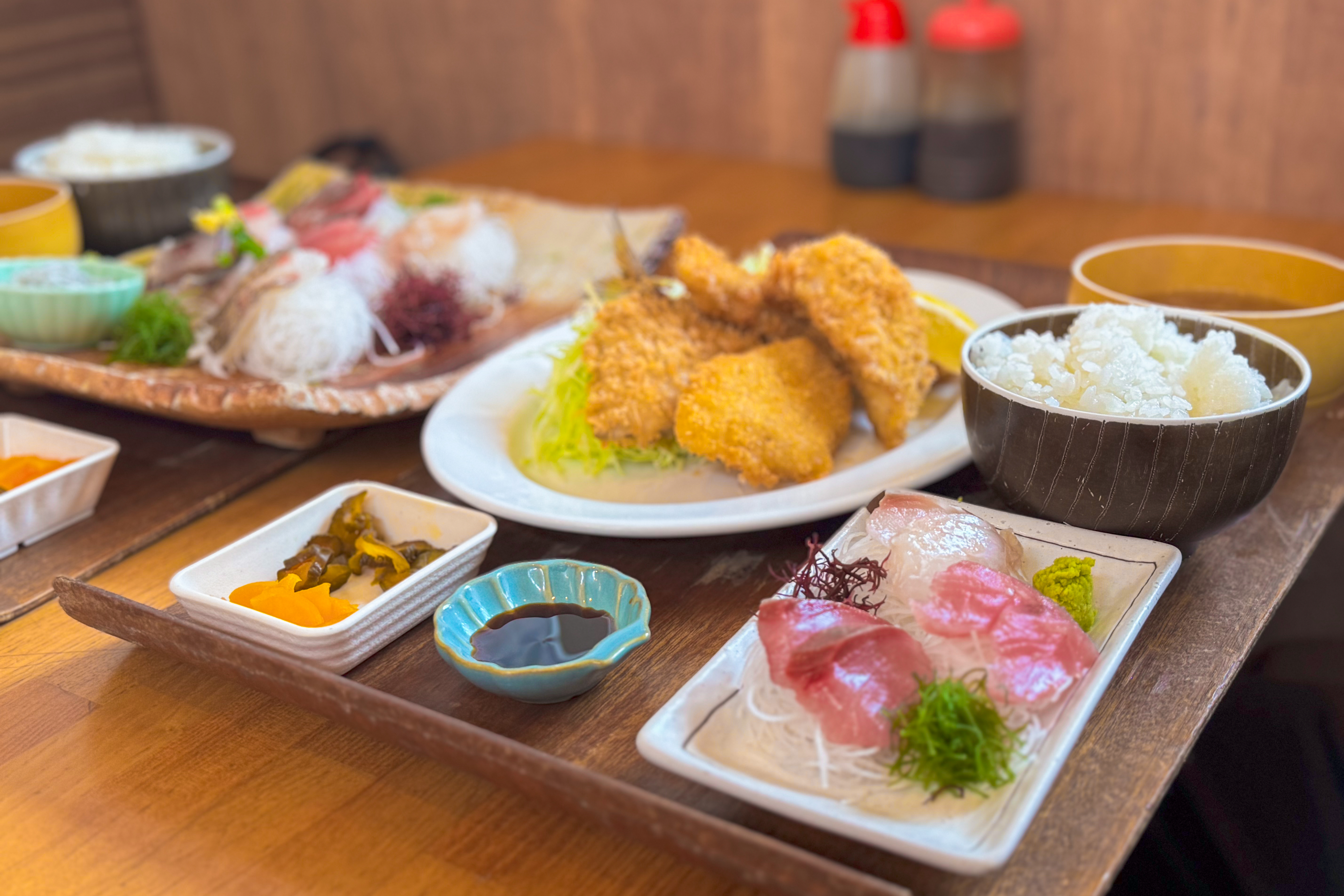
From sashimi platters served on picturesque beds of shredded local daikon radish—featuring fresh cuts of salmon and tuna alongside Hiratsuka specialties like shirasu whitebait, squid, and red sea bream—to classic teishoku set meals with fried horse mackerel, fluffy rice, hot miso soup, pickled vegetables, and the choice to add extra sides, there’s truly something for every taste.
No matter what you choose, your taste buds will dive into the depths of Hiratsuka’s bountiful seafood delights, and you won’t leave hungry.
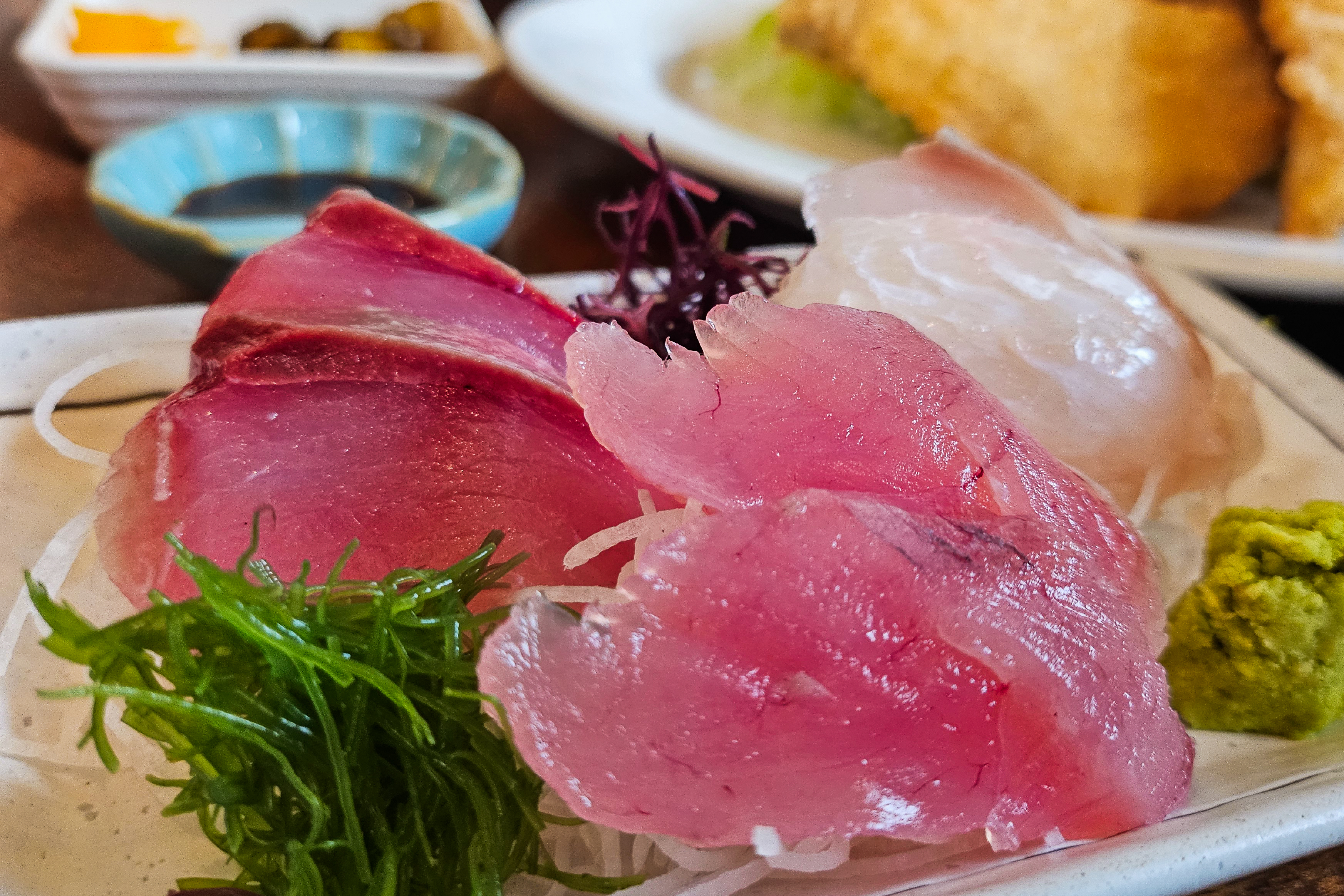
Even at a glance, you can see the superior freshness of the sashimi served at Hiratsuka Gyoko no Shokudo. If you love Japanese seafood, this restaurant alone may be worth the trip.
Get in touch with nature at Hiratsuka Beach
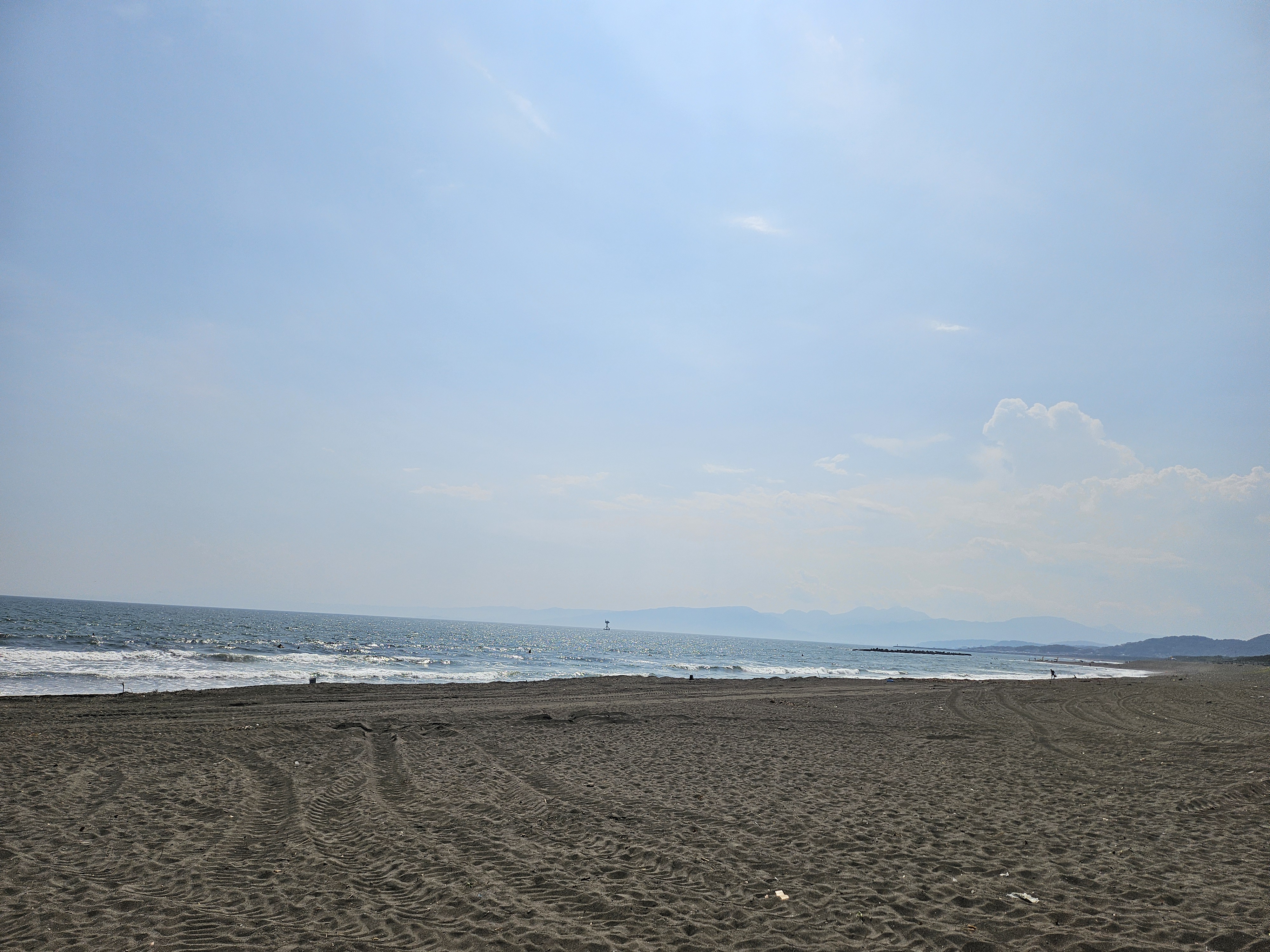
After a memorable, filling lunch, a stroll along Hiratsuka Beach—or perhaps even an afternoon spent relaxing or cooling off amongst the waves— sounds like a perfect idea. Lauded as one of Hiratsuka’s most scenic spots, the ocean stretches into the horizon on one side while being met by mountains on the other, and on a clear day, Mt. Fuji can even be spotted in the distance. It’s a postcard-ready scene, no filter required.
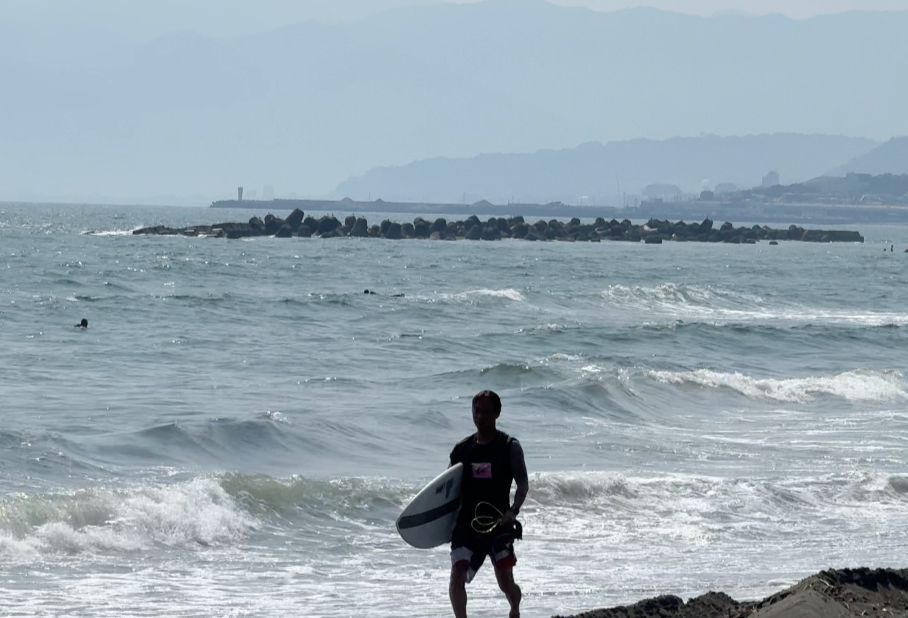
Of course, resting on Hiratsuka Beach’s golden sands or hitting the waves with a surfboard is an ideal way to spend the day, but it’s not the only reason to visit the area. The sunset is especially beautiful, giving your memories a backdrop of the evening glow over the Hiratsuka dunes. In May, Hama-hirugao flowers are in full bloom, providing you another reason to visit if you miss them the first time round.
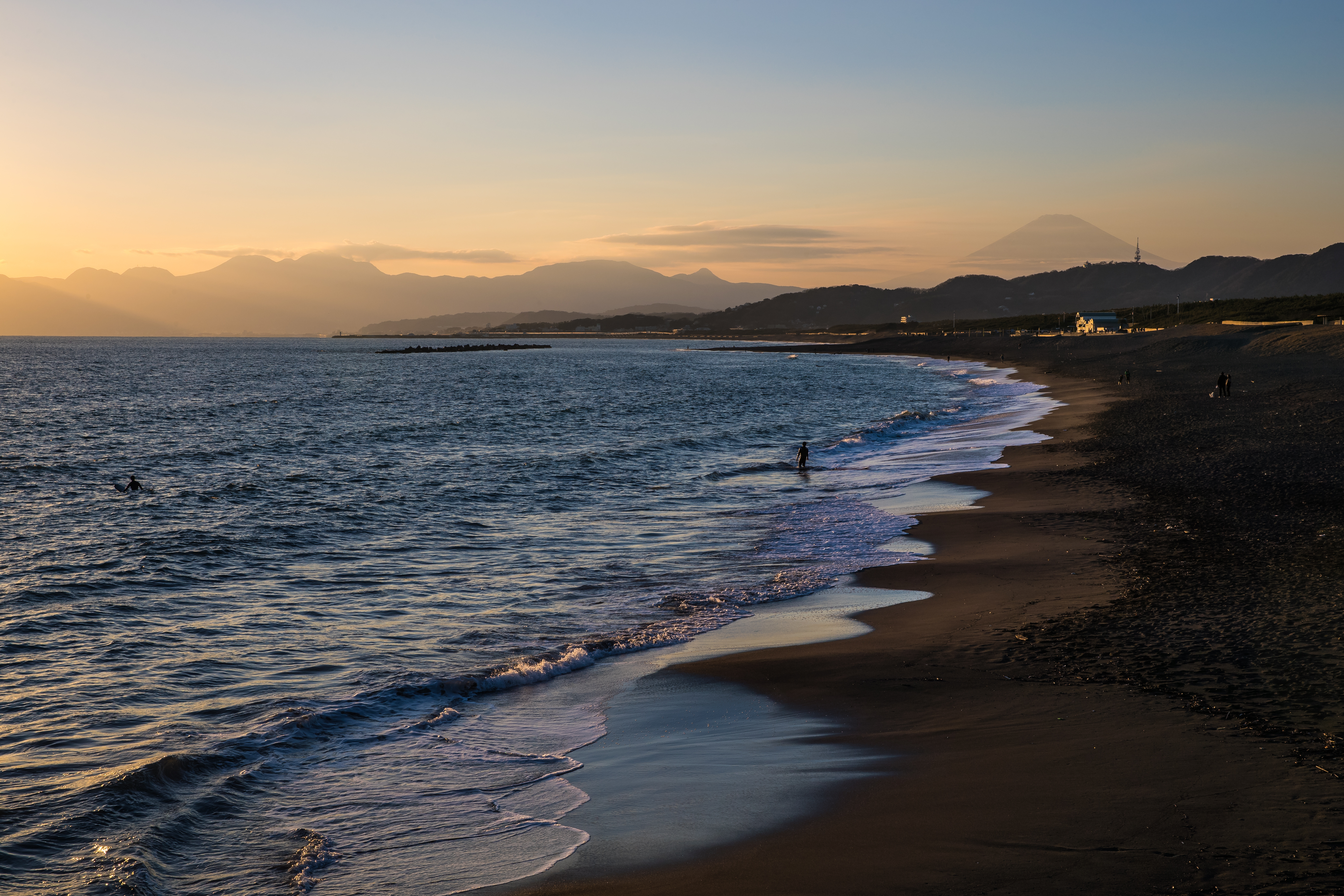
As the sun sets over the mountains in the distance on your unforgettable day in Hiratsuka, take a moment to let the ocean breeze carry all your worries away. This is an experience you’ll remember forever, and a spot you’ll want to revisit for years to come.
